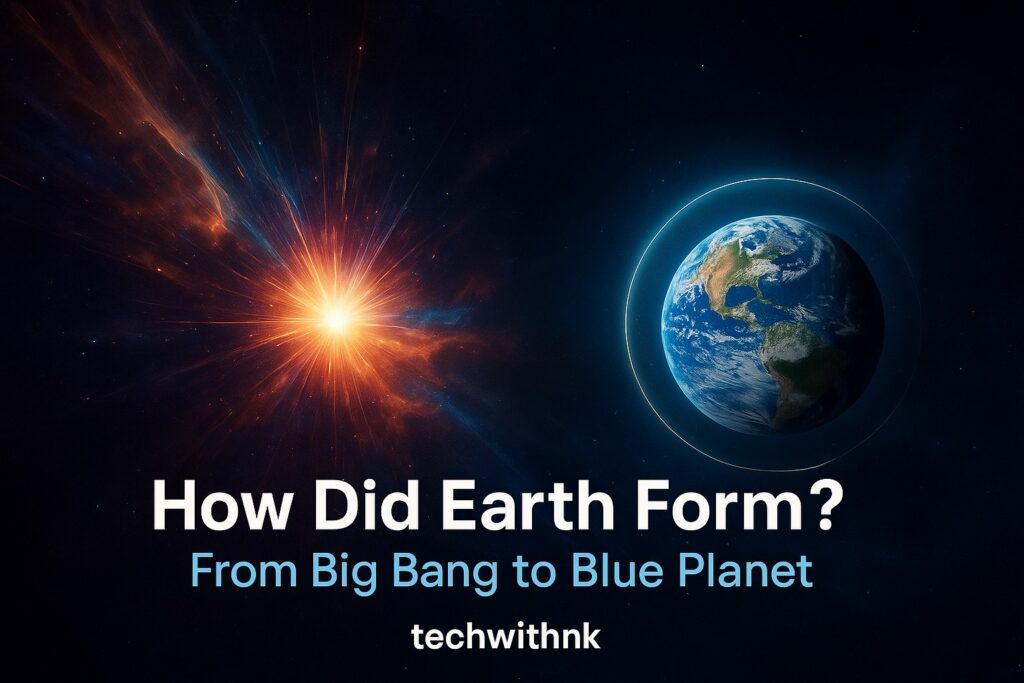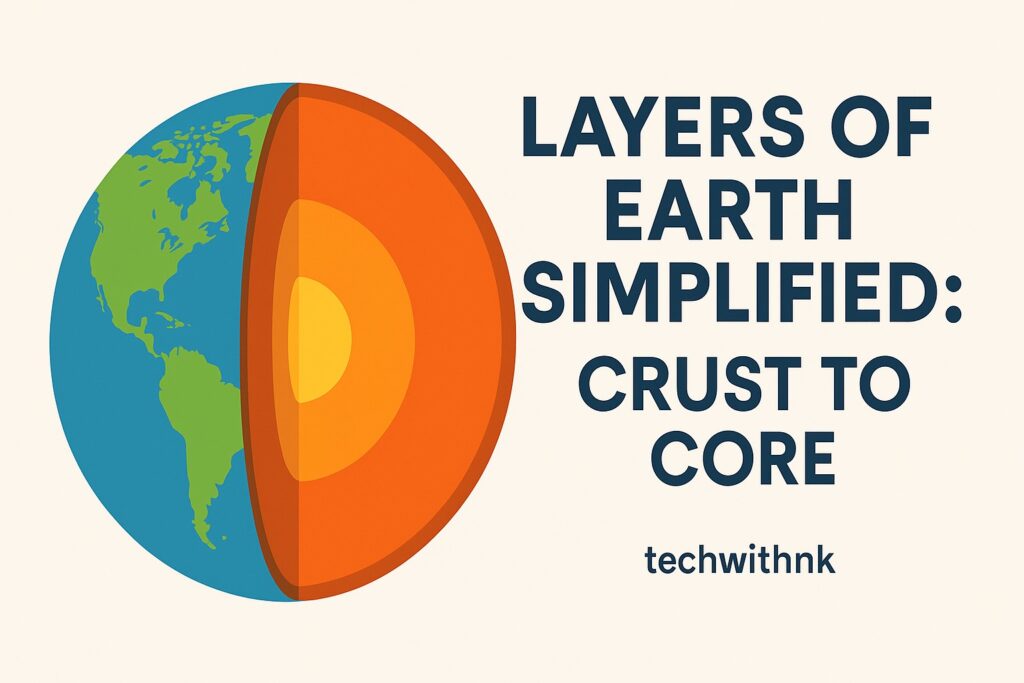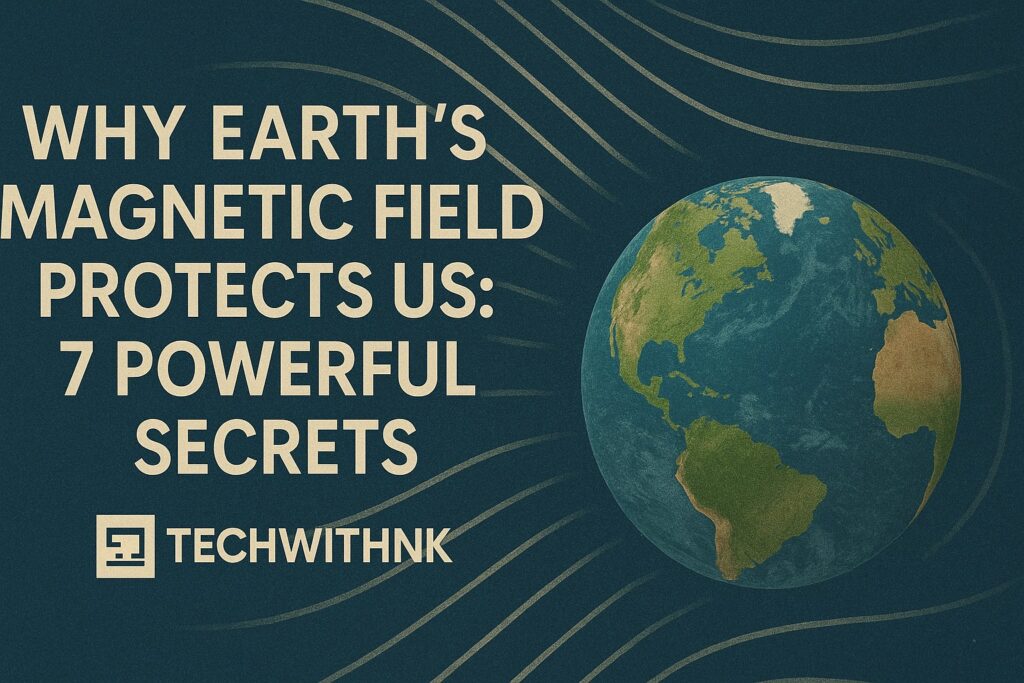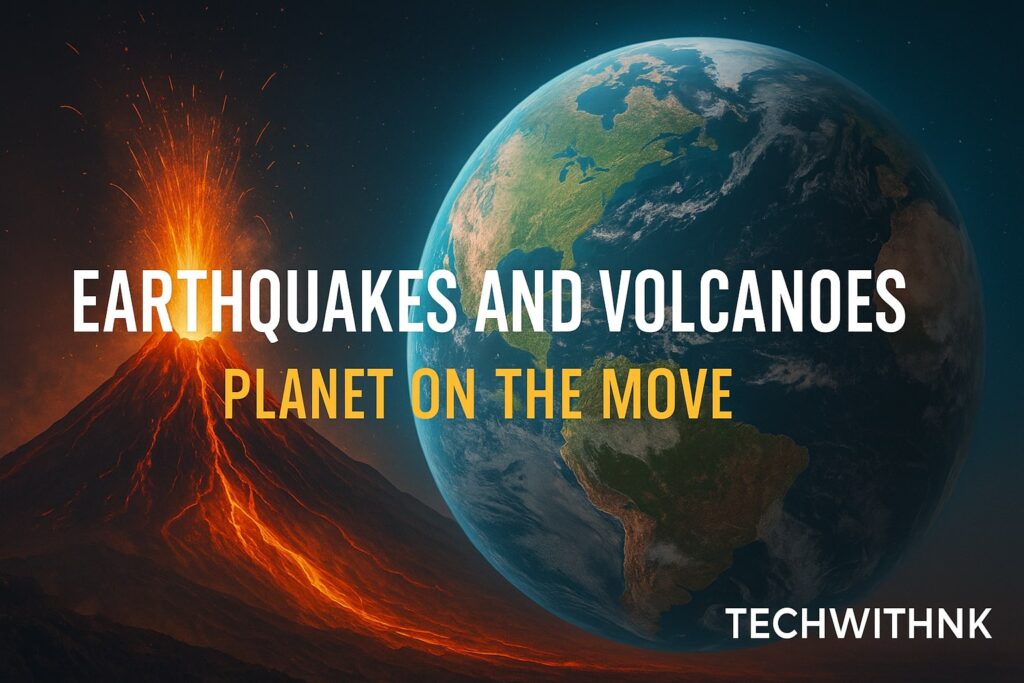Table of Contents
ToggleIntroduction
Have you ever gazed at the night sky and wondered, how did Earth form? This question takes us on a mind-blowing journey through space and time, all the way back to the Big Bang, when the universe itself began. From a fiery cosmic explosion to the beautiful blue planet we call home, the origin of Earth is a truly breathtaking cosmic mystery.
In this article, you’ll discover the fascinating steps in the formation of Earth, from the birth of the universe to the moment Earth cooled enough for oceans and life to thrive.
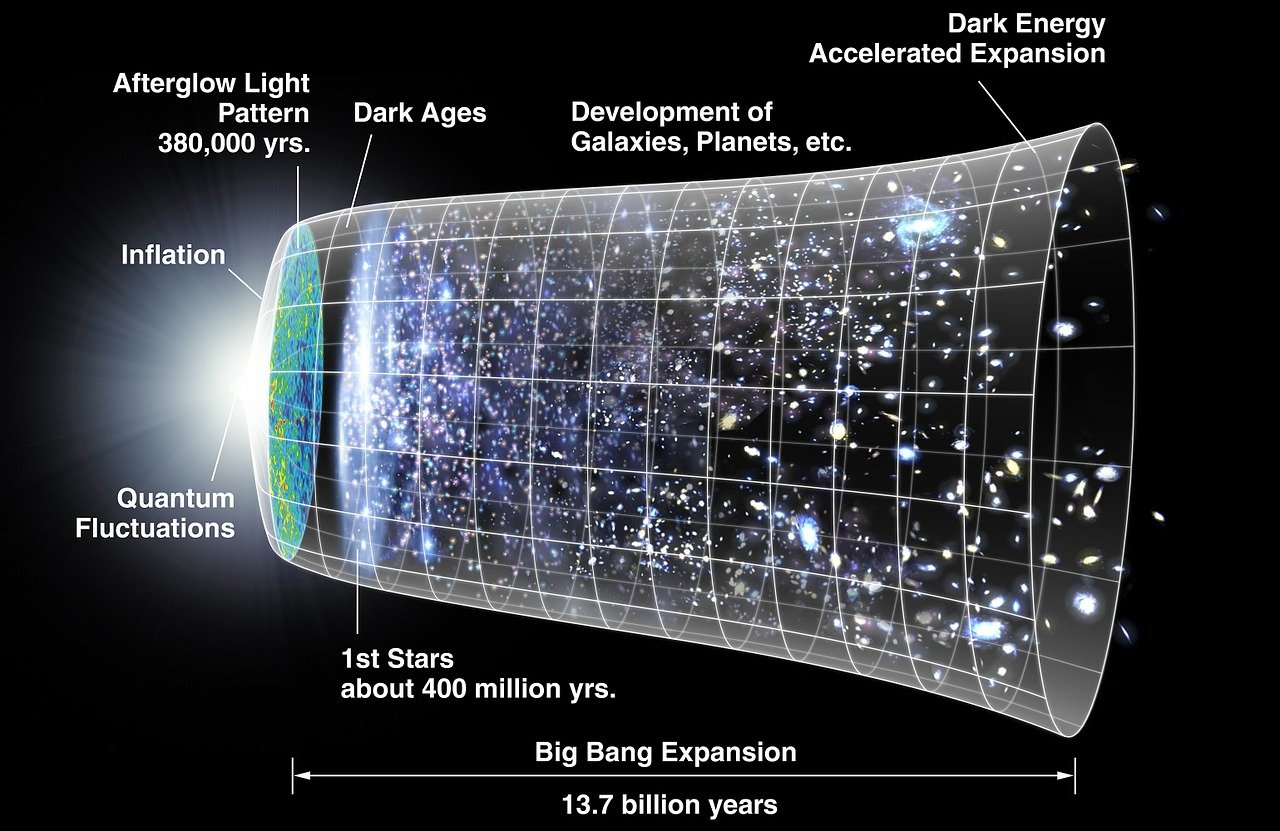
The Big Bang: The Universe Awakens
About 13.8 billion years ago, the universe exploded into existence in what scientists call the Big Bang. This unimaginable event created all space, time, and matter. From that moment, the cosmos began expanding, cooling, and forming the first simple elements — mostly hydrogen and helium.
These early building blocks would eventually gather into stars and galaxies, setting the stage for the origin of Earth billions of years later.
Birth of the Solar System: The Solar Nebula
Fast forward to around 4.6 billion years ago. Within the Milky Way, a giant swirling cloud of gas and dust — known as the solar nebula — started to collapse under its own gravity, triggered perhaps by a nearby supernova shockwave.
As the solar nebula collapsed, it spun faster, flattening into a disk of matter. At its center, the Sun began to shine, while the rest of the disk hosted countless grains of rock and ice that would become planets — including our Earth.
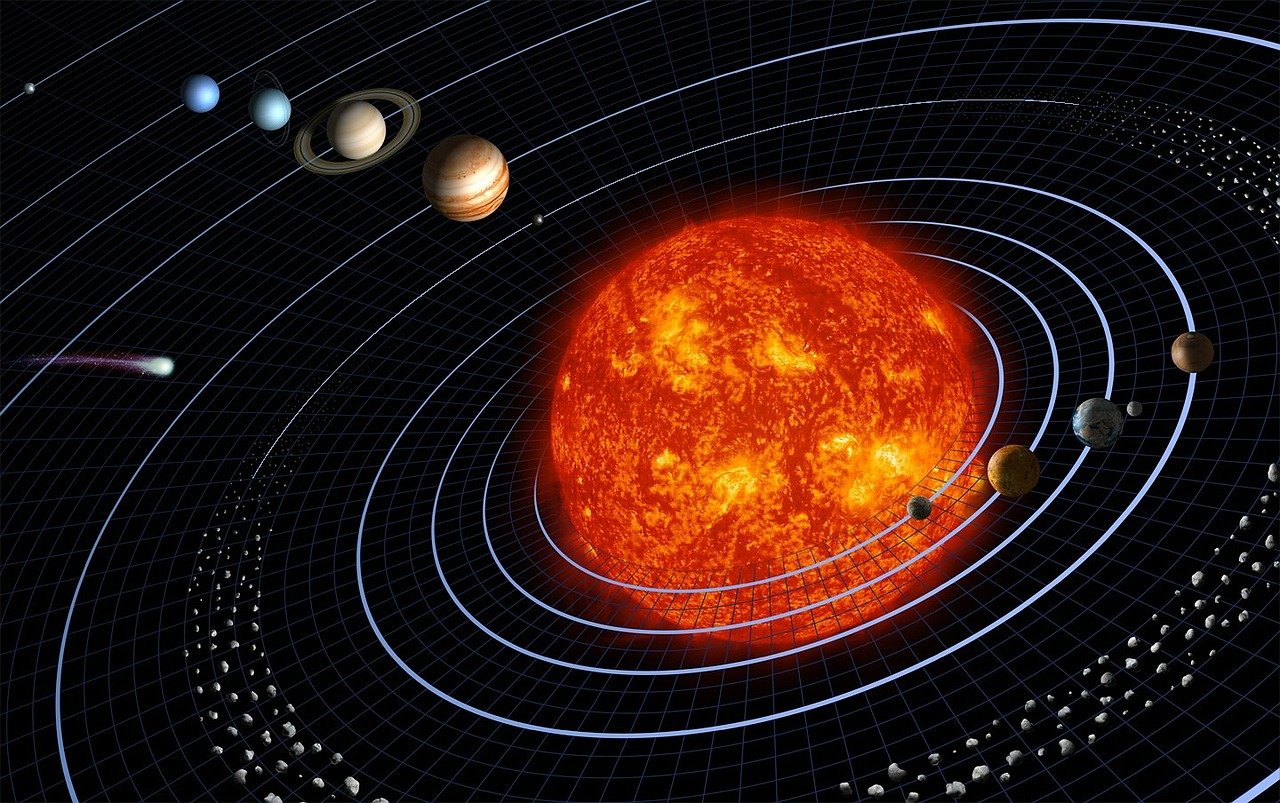
Accretion: How Earth Began to Grow
Inside the swirling disk, dust grains stuck together, forming pebbles, then larger rocks, and eventually planetesimals — mountain-sized bodies. These planetesimals repeatedly collided, merging into protoplanets through a process called accretion.
Earth was one of these growing protoplanets, steadily sweeping up surrounding debris with its growing gravity. This process took tens of millions of years and is central to understanding how did Earth form.
The Giant Impact: Birth of the Moon
One of the most dramatic moments in the formation of Earth happened around 4.5 billion years ago. A Mars-sized planet, called Theia, slammed into the young Earth with enormous force.
This giant impact ejected a massive amount of debris into orbit, which eventually gathered together to form the Moon. This Moon-forming collision helped stabilize Earth’s tilt, giving us stable seasons and a more predictable climate.
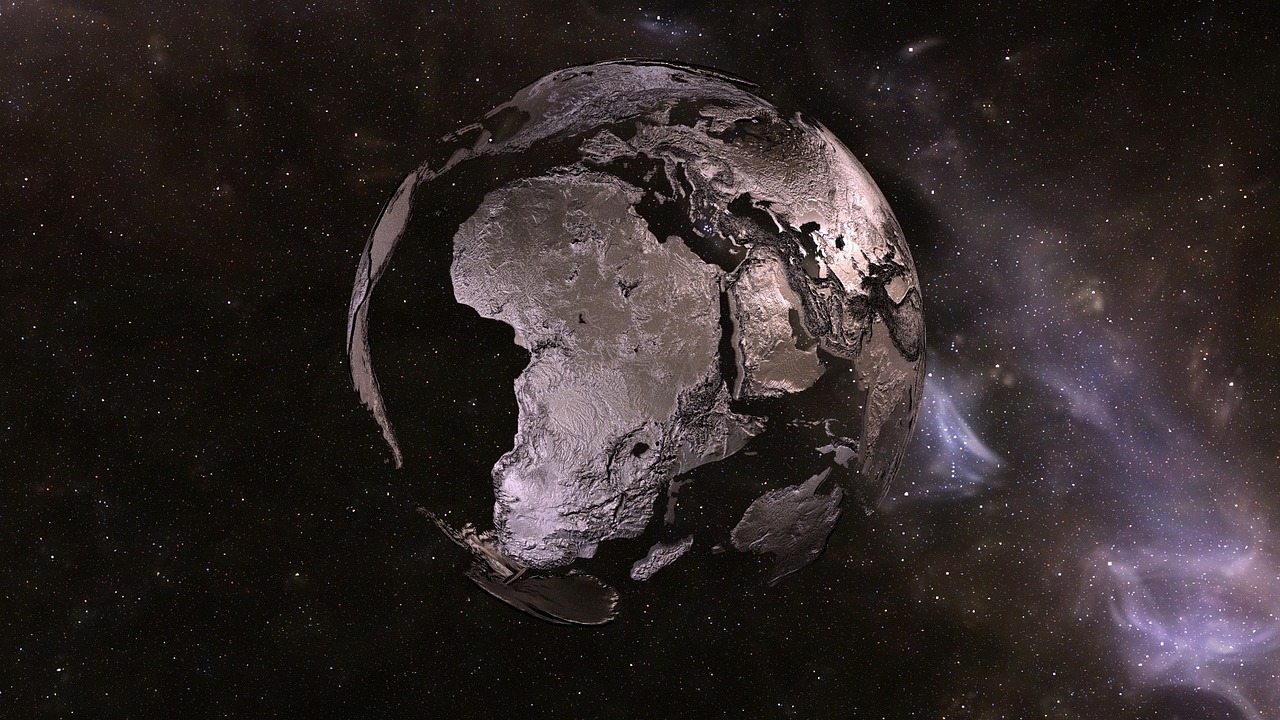
Differentiation: Earth Takes Shape
In its early days, Earth was a molten, fiery world. Heavier elements such as iron sank toward the center to form the core, while lighter silicate minerals floated upward to create the mantle and crust.
This separation of materials is called differentiation, and it formed Earth’s layered structure. Thanks to its iron core, Earth developed a protective magnetic field, shielding it from deadly solar wind — a vital step for the emergence of life.
Cooling Down and Oceans Forming
Over hundreds of millions of years, Earth’s surface cooled enough for volcanic gases — rich in water vapor — to condense into rain, filling Earth’s first oceans. These oceans covered much of the surface and became the cradle for life to evolve.
From its fiery, chaotic beginning to a calm, blue world, the origin of Earth is a cosmic story unlike any other.
A Cosmic Mystery Continues
Even today, scientists are still solving pieces of the puzzle of how did Earth form. They use meteorites, space probes, and computer models to better understand how dust and rock transformed into a living planet after the Big Bang.
Whenever you look up at the stars, remember: our Earth has an epic story, born from a cosmic explosion and molded over billions of years — a mystery still being revealed.
Did the Big Bang create Earth?
No — the Big Bang created the universe and its basic elements. Earth formed billions of years later from material left over inside the solar nebula.
How was the earth first formed?
around 4.6 billion years ago. Within the Milky Way, a giant swirling cloud of gas and dust — known as the solar nebula — started to collapse under its own gravity, triggered perhaps by a nearby supernova shockwave.
As the solar nebula collapsed, it spun faster, flattening into a disk of matter. At its center, the Sun began to shine, while the rest of the disk hosted countless grains of rock and ice that would become planets — including our Earth.
Is the formation of Earth completely understood?
Not fully — while scientists have many answers, details about planet formation remain an active area of research.

